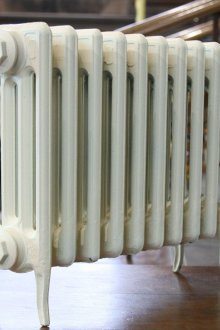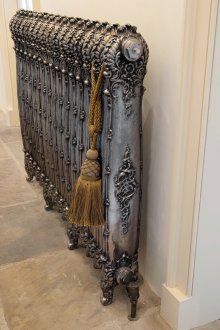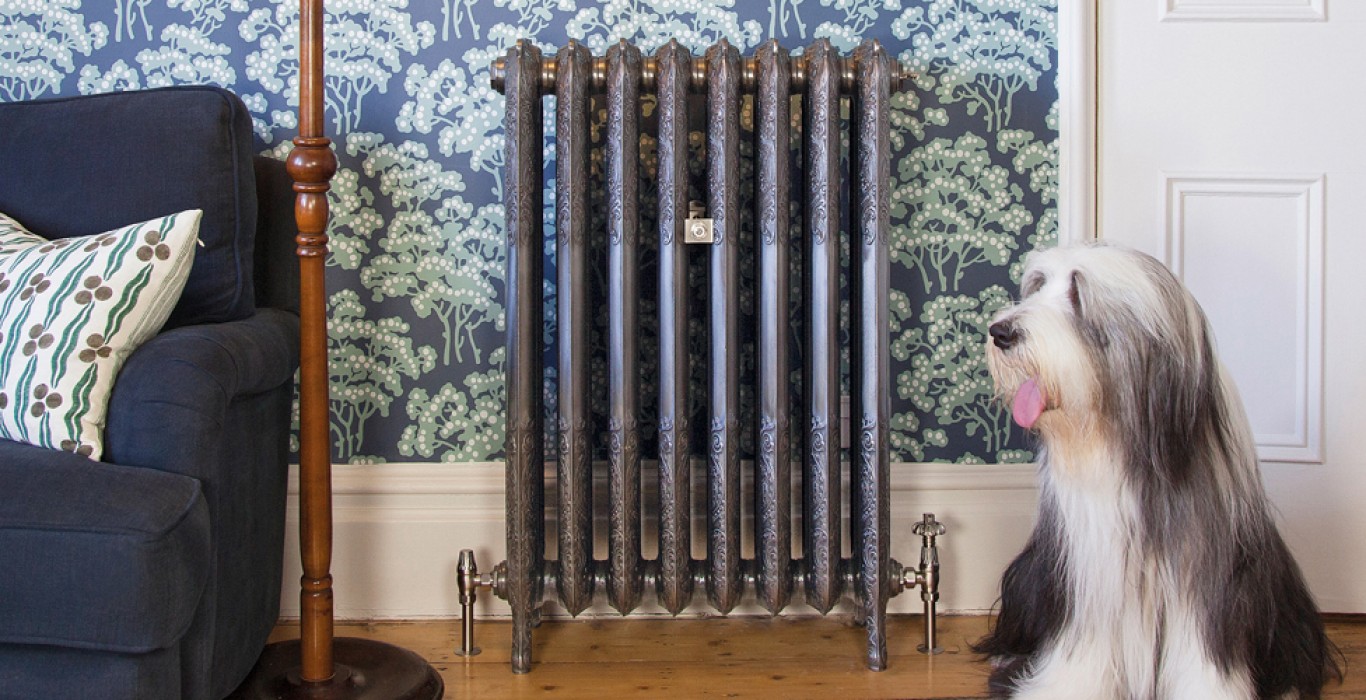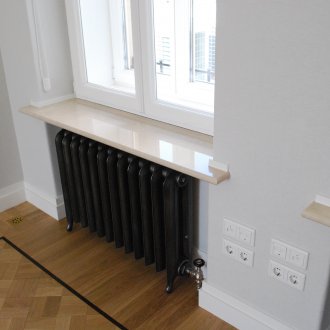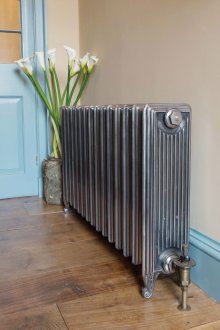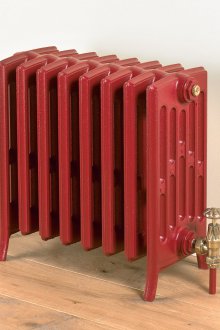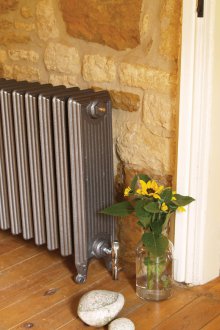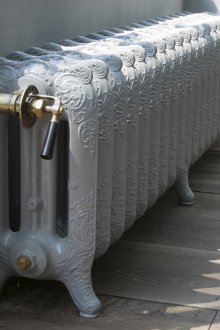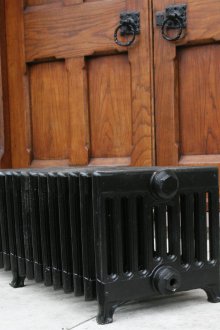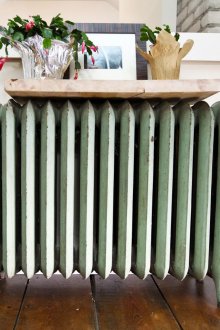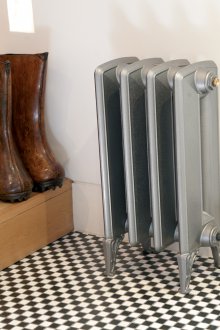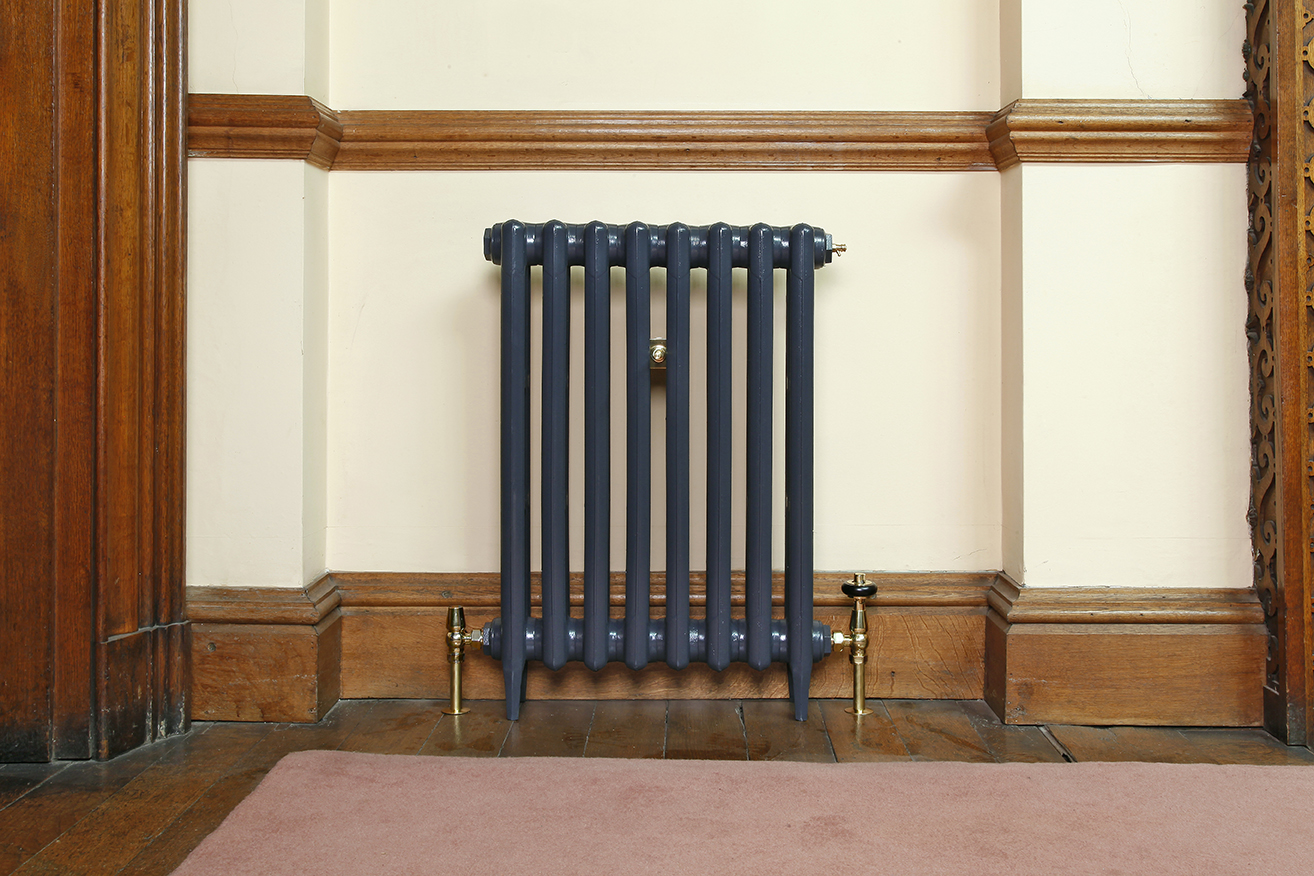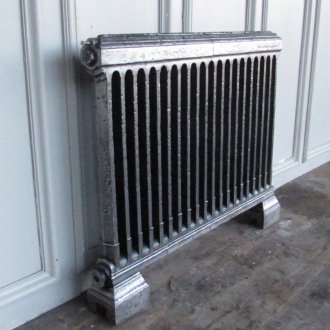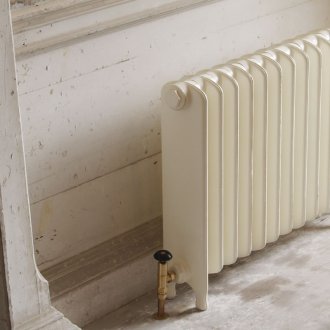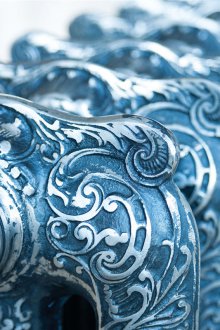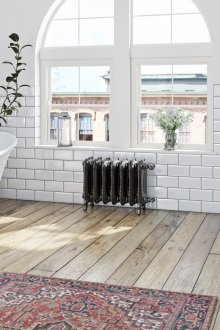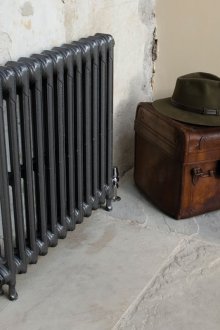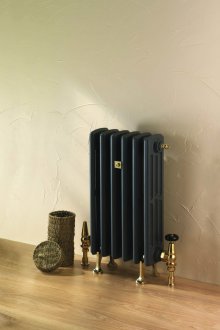Cast iron radiators: advantages, characteristics and types (27 photos)
Content
The year of the invention of cast iron heating systems is conventionally considered 1855. It happened in St. Petersburg. Since then, varieties of heating devices have appeared that are made from a wide variety of metals and alloys, but the history of cast-iron heating systems is not a thing of the past. And today, manufacturers are ready to offer models of cast-iron radiators, which can become an adornment of the premises of various styles. In terms of service life, appliances for heating from other materials simply cannot compete with the very first representatives of heating systems.
Advantages and disadvantages of cast iron heating systems
One of the oldest functioning cast iron batteries has been over 110 years old. And today, many consumers consider cast iron heating systems to be the most reliable, this is due to the characteristics and a number of obvious advantages of such products:
- the battery life of cast iron reaches 50 years or more, which significantly exceeds this indicator for systems made of any modern materials;
- the ability of heating radiators to heat up to the highest possible heating temperatures (up to 150 degrees);
- heat transfer in such a system occurs very slowly, so not only air but also other objects in the room are heated, becoming additional sources of heat;
- low chemical activity, which is an indisputable advantage in operating conditions in Russian heating systems;
- the ability to mount a cast-iron radiator in systems with a forced and natural way of circulation;
- high resistance to water hammer and ability to withstand high working pressure (up to 18 atmospheres).
Another important indicator that distinguishes cast-iron heating radiators from the general number of modern heating appliances is their low cost. The dimensions of modern cast-iron heating systems and modern design make it possible to choose the most suitable model for all characteristics and parameters.
The list of drawbacks of cast iron heating appliances includes:
- a large weight of products, each section of such a battery weighs from 5 to 7 kilograms, which greatly complicates the installation and replacement of cast iron radiators;
- the use of a large volume of coolant, almost a liter of hot water will be required to fill one section of the radiator (for comparison, less than half a liter is poured into the aluminum section);
- the possibility of depressurization at the joints;
- unaesthetic appearance of old-style models, which often have to be covered with special decorative screens, and this reduces the indicators of heat transfer of the device;
- the need to periodically color the batteries;
- when removing dust from the surface, there are certain difficulties in cleaning in inaccessible places (between sections).
However, today, manufacturers of cast-iron radiators produce models that are able to satisfy any aesthetic and design needs.
Modern models of cast-iron radiators
You can find modern cast iron radiators in any specialized trading network or on the pages of online stores. Conventionally, such devices are divided into three types:
- Models of the past years, familiar to everyone as “harmonica”, have now acquired smaller dimensions, but for reasons of aesthetics they almost always close with a decorative screen;
- modern smooth models that look similar to aluminum analogues are produced both in Russia and abroad;
- designer models that can decorate the most sophisticated interior.
The price for each type of heating radiator depends on the country where the appliances are manufactured, the brand of the manufacturer and the characteristics of the product. In the market for heating systems, you can find models of modern cast-iron radiators produced in Russia, Spain, Belarus, Turkey, America, Germany, England. The range of the model range is much wider than that of all other representatives of heating systems. In such a situation, replacing old heating systems with new generation radiators from cast iron allows you to transform the interior of the room.
Installation methods for cast-iron radiators
By the method of installation, all heating systems made of cast iron can be divided into two groups - floor and wall.
Floor radiators
Installation of a floor heating radiator is carried out in rooms where it is impossible to install a classic heating system, which is mounted on a wall. This design of floor radiators is ideal for rooms with panoramic windows or buildings with glass facades. There are models whose height does not exceed 15 centimeters. Floor radiators of this type installed in the room are almost invisible and do not spoil the interior and exterior of the building. One of the reasons why it is impossible to use a radiator installed on the floor is that it is not possible to fix a heavy cast-iron heating system on a glass wall.
Another model of cast iron floor radiators is the heating system, which is built directly into the floor. Such radiators remain invisible in the room. Heat enters through a decorative grill built into the floor surface. The disadvantage of this design is that its installation should be provided at the design stage of the building. At this stage, it is necessary to design special niches under the floor, where pig-iron floor radiators will be mounted. In an already constructed building, installation of such a radiator is not possible.
Wall Type Radiators
This design implies a classic way of mounting the product on the wall. Given that such products are very heavy, it is worthwhile to carefully choose the fasteners. It is necessary to accurately calculate the number of sections required and determine the weight of the battery in order to select brackets that can withstand heavy construction. It is not recommended to install wall-mounted radiators in old wooden buildings, because the walls may not bear the heavy weight of the heating system.
Each installation system has its own characteristics and therefore it is best to entrust such work to professionals.
Installation or replacement of cast iron radiators
There is a list of work that needs to be done at the preparatory stage, before installing or replacing a cast iron radiator:
- it is necessary to choose a model that is suitable for aesthetic reasons, fully complies with the parameters of the heating network, the connection diagram and the technical characteristics of the device;
- calculate the power needed to heat the room, for this you can use special programs - calculators, which can be found on specialized sites for the sale of heating equipment;
- purchase of all components for work, sometimes the necessary parts are bundled with radiators;
- drain the water in the system and, if replacing, dismantle the old batteries.
If the necessary technical knowledge is not enough, then it is best to contact a specialist who knows how to correctly calculate the power and parameters of the heating system. In addition, there are a number of general technical parameters that determine the service life and quality of the heating system:
- during installation, it is important to take into account that the centers of the window sill and radiator must match in length;
- the width of the batteries should not be greater than the value, which is from 50 to 75 percent of the width of the heating system;
- from the floor to the radiator, the gap should be no more than 12 cm, and to the bottom surface of the windowsill at least 5 cm;
- a space of 2 cm is recommended between the wall and the heating system.
From the point of view of technology, the installation of cast-iron radiators is a process that requires certain knowledge, the availability of special tools and experience in carrying out work of this kind. All installation and connection works are regulated by SNiP 3.05.01-85, so it is advisable that such work is carried out by public utilities specialists. It is especially important for the subsequent trouble-free operation so that the connection of the cast-iron radiator is made in compliance with all necessary instructions and rules for carrying out this kind of work. If the battery was installed independently, the responsibility for the consequences of emergencies lies entirely with the owner of the heating system.
Time has shown that cast-iron radiators in the modern world have not lost their popularity and relevance. Moreover, they gradually occupy an increasing share in the total number of systems for heating premises. Having a set of characteristics that are very important for heating systems, in the new design they got their second life. Modern cast-iron radiators still do an excellent job of their basic function, and replacing them with new models allows them to become a decoration of the room.



